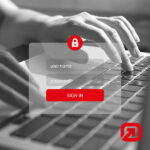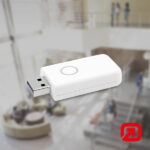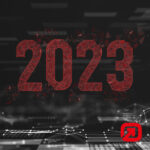Frequently, clients or prospective customers ask us which tracking hardware we would recommend for indoor positioning: beacons or RFID. As always, it depends on the requirements and circumstances on site. However, in most cases the decision is pro beacons, because RFID is not suitable for extensive indoor positioning but rather for selective object identification.
ADVANTAGES AND DISADVANTAGES OF BEACONS AND RFID IN INDOOR TRACKING PROJECTS
Active and passive RFID tags need a reader on every point where the position has to be determined. Since readers are relatively expensive, it is not possible to install them across the whole area. Thus, it is only possible to determine the position at a few points (for example: “The object has passed hall no. 10”). Whereas, when an object or person is equipped with a beacon, the position can be determined in real time, for example with infsoft Locator Nodes. You can even see the whole itinerary. Beacons work with Bluetooth Low Energy which can be received by all modern smartphones, unlike RFID.
With beacons, it is possible to do client-based and server-based positioning. Client-based means that position determination happens on the device (smartphone). For this, an app is required which messages can be sent to (back channel). Server-based positioning means that Bluetooth beacons send signals which are detected by hardware (infsoft Locator Nodes) and passed on to a server. An app is not necessary.
RFID does not allow automatic indoor positioning or navigation. A typical use case is tracking wares in a large storehouse. There are some pre-defined points with RFID readers which an object passes by. The reader identifies the object and receives the information “Ware XY has passed checkpoint 5”.
When using beacons and Locator Nodes, it is possible to get the current position in real time and with an accuracy of less than 5 meters. In addition, you see the whole itinerary of the object.
In summary, it can be said that beacons are a technology which is more flexible and more powerful. But in some simple use cases, RFID tags can be a favorable alternative.
If you have questions concerning indoor tracking, please contact us.






